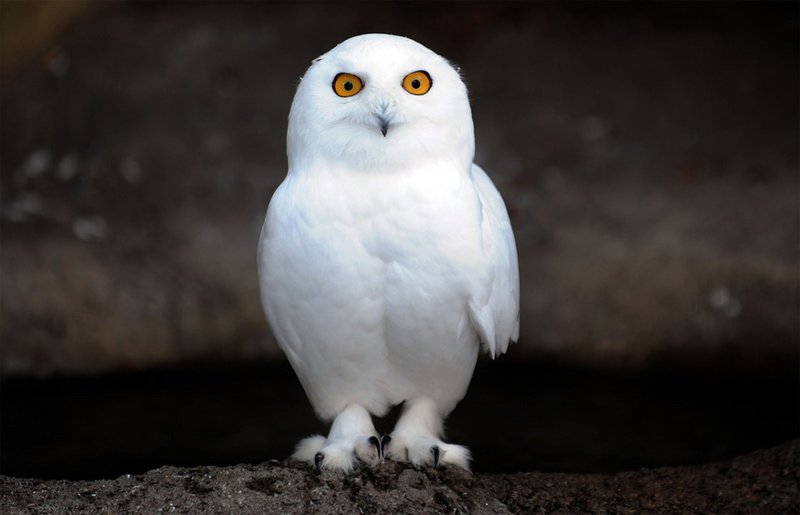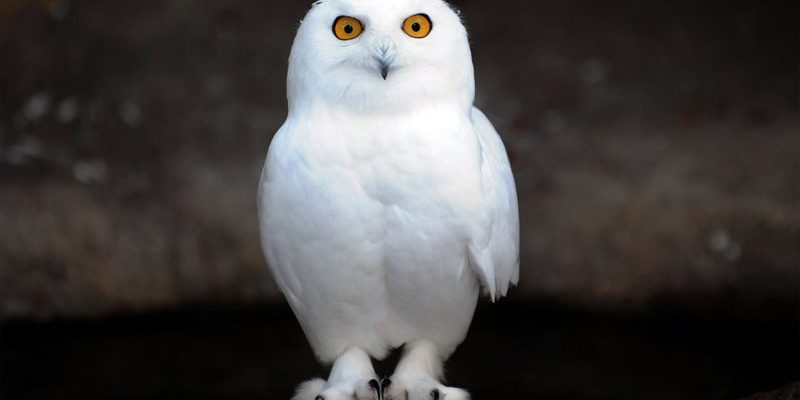
Let’s picture this for a moment: Imagine you’re at a winter wonderland, and there’s a snowy owl perched silently on a tree branch, scanning the ground for its next meal. This scene is magical, but it’s also becoming increasingly rare. As climate change, habitat destruction, and changing prey availability continue to impact these majestic birds, it raises a crucial question—is the snowy owl threatened or endangered? In this article, we’ll explore the snowy owl’s status in-depth, unraveling the complexities that define its existence.
What Does It Mean to Be Threatened or Endangered?
Before we delve into the snowy owl’s situation, let’s clarify what “threatened” and “endangered” really mean. These terms are often used in discussions about wildlife, but they have specific definitions.
– Endangered refers to a species that is at serious risk of extinction. This can happen due to factors like a rapidly declining population or loss of habitat.
– Threatened, on the other hand, describes a species that is likely to become endangered in the near future.
So, why does this distinction matter? It helps conservationists prioritize their efforts and allocate resources where they’re needed most. Here’s the thing: protecting wildlife is not just about saving a species but also about preserving the ecosystem they inhabit and the people who depend on it.
Snowy Owl Population: Current Estimates
To understand the snowy owl’s status, we need to look at the numbers. According to the North American Breeding Bird Survey, the population of snowy owls has been generally stable but can fluctuate dramatically based on various factors.
Snowy owls are migratory birds, meaning they move south during the winter months in search of food. These migrations can lead to significant variations in their population counts. For instance, during a lemming boom (their primary food source), more snowy owls may venture south, and subsequently, the population counts may appear healthier. But in years with poor prey availability, the opposite can happen, leading to a decline.
It’s also important to note that these birds have a vast range, covering areas in the Arctic regions of North America and Eurasia. While this wide distribution can provide some safety, it also makes monitoring their overall population challenging.
Threats Facing Snowy Owls
Like many wildlife species, snowy owls are facing a number of threats. Some key dangers include:
- Climate Change: Warming temperatures can affect their habitat and food sources.
- Habitat Loss: Urban development and land use changes can reduce the open spaces they need for hunting.
- Food Shortages: Changes in rodent populations, especially lemmings, can impact their survival.
- Human Interaction: Collisions with vehicles and other human-induced factors can lead to serious injuries or death.
These threats pose a significant risk to snowy owls, making it essential for conservation efforts to focus on habitat protection and restoration. The more we can mitigate these issues, the better their chances of survival.
Conservation Status and Efforts
In the U.S., the snowy owl is classified as a migratory bird, and while it doesn’t currently carry a specific listing as threatened or endangered under the Endangered Species Act, it’s still protected under the Migratory Bird Treaty Act. This means that it’s illegal to hunt or harm these birds, but that doesn’t fully safeguard them from the threats we discussed earlier.
Conservation organizations are actively working to monitor snowy owl populations and their habitats. They conduct field studies, gather data, and share findings with wildlife agencies to inform conservation strategies. You might be surprised to learn that engaging the public—like creating awareness through birdwatching clubs or educational campaigns—plays a crucial role in snowy owl conservation.
Here’s the thing: the more people understand and appreciate these magnificent birds, the more they become invested in their survival.
How You Can Help Snowy Owls
You might think, “What can I do to help snowy owls?” Well, there are plenty of ways to make a difference. Here are a few ideas:
- Educate Yourself: Learn more about snowy owls and their role in the ecosystem.
- Support Conservation Organizations: Donate to or volunteer with groups working to protect wildlife.
- Advocate for Wildlife Protection: Raise awareness about habitat loss and climate change issues affecting snowy owls.
- Respect Wildlife: If you’re lucky enough to spot a snowy owl in the wild, keep your distance and avoid disturbing them.
Every little bit helps, and collectively, our actions can contribute to the survival of not just snowy owls but many other species too.
The Future of Snowy Owls
So, what does the future hold for snowy owls? While they’re not currently listed as endangered, their situation is precarious, and the changing climate brings uncertain challenges. Conservationists are hopeful that through ongoing efforts, public engagement, and a better understanding of the threats they face, we can help these beautiful birds thrive.
Protecting snowy owls means ensuring that future generations get to experience their graceful flight and striking presence in the wild. It’s a team effort, and each of us has a role to play.
In conclusion, snowy owls are not just symbols of winter; they are key players in their ecosystems, facing challenges that can greatly impact their survival. By staying informed and involved, we can help ensure that snowy owls continue to grace our skies for years to come.

